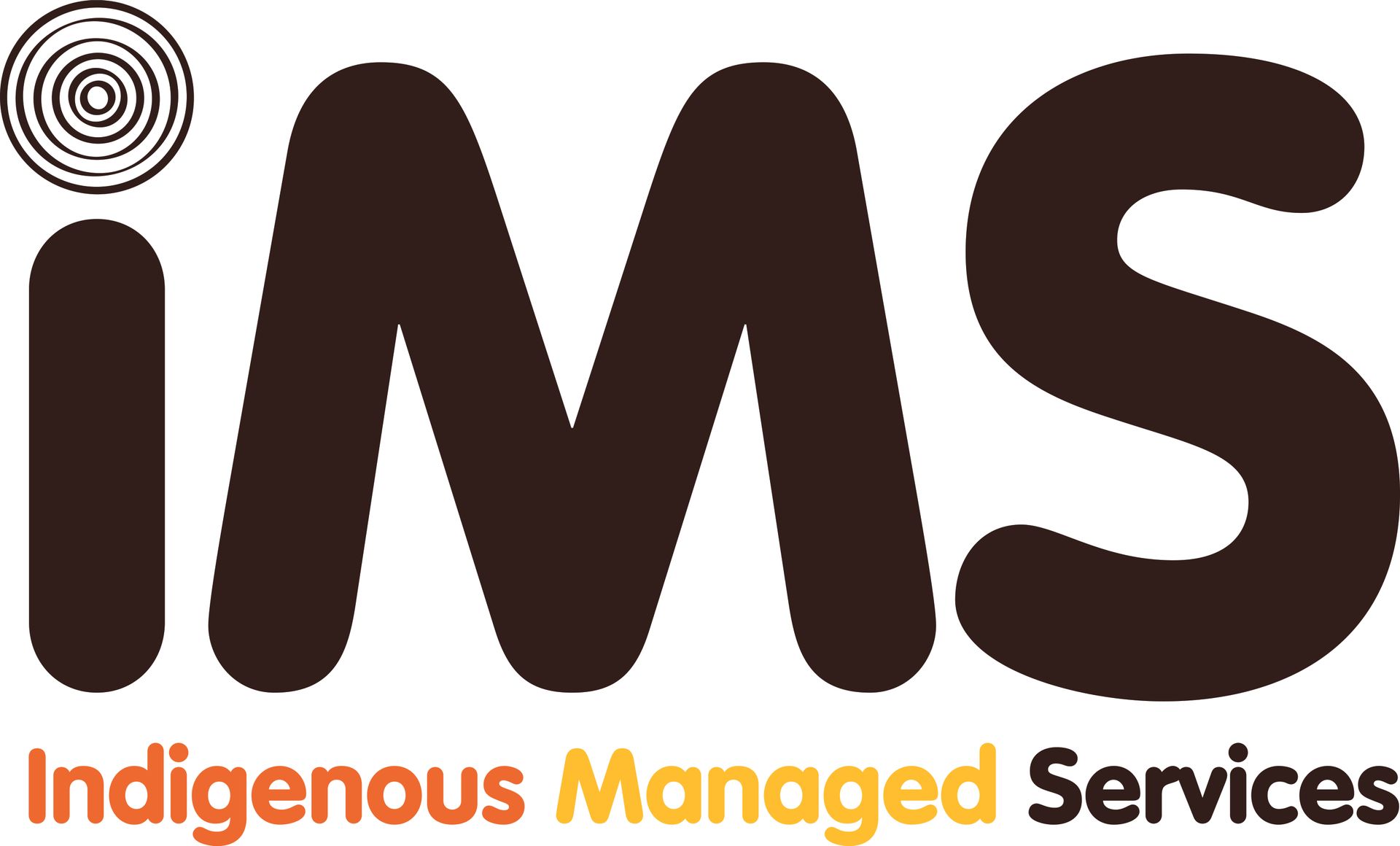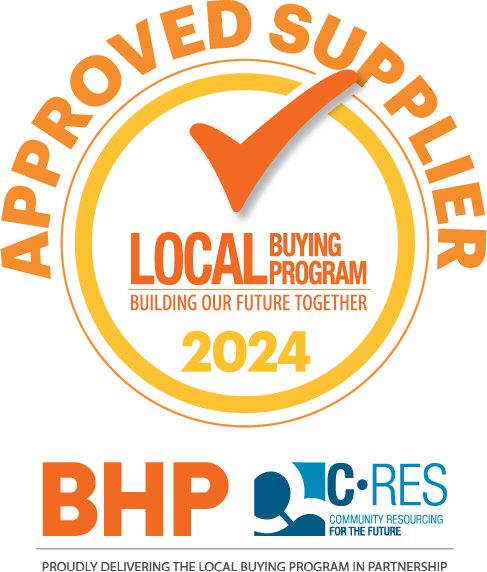The Ultimate Checklist for an Effective Commercial Cleaning Plan
A strong cleaning plan does more than protect assets and reduce downtime. It helps keep people safe, creates welcoming spaces, and shows respect for the communities we’re part of. The checklist below outlines practical steps for offices, warehouses, retail, and mixed-use sites across Australia. For organisations with a social procurement focus, partnering with local and Indigenous business services adds measurable community value alongside everyday facility outcomes.
1) Map your site and define standards
List every zone: entries, lifts, desks, meeting rooms, kitchens, amenities, loading docks, and outdoor touchpoints. Note surface types and foot traffic to set practical cleaning frequencies. Food areas must meet the Food Standards Code requirement to keep eating and drinking utensils and food contact surfaces “clean and sanitary.”
2) Pick products that meet Australian rules
Detergents remove soils; sanitisers and disinfectants reduce microbes. If a disinfectant makes specific kill claims, the product falls under the TGA’s listed disinfectants framework and must be in the Australian Register of Therapeutic Goods. Check labels against the TGA’s claim guide and keep Safety Data Sheets on file.
3) Lock in the right method
Always clean before sanitising or disinfecting. Food Standards Australia New Zealand reinforces this sequence and provides practical steps for businesses - pre-clean, wash, rinse, sanitise, then air-dry. Following this order ensures sanitisers work as intended.
4) Build a frequency matrix
Create a simple table that maps each area to tasks, products, and frequency:
- High-touch points: multiple times daily on weekdays; once daily on weekends.
- Amenities: spot clean during the day; full clean and disinfection daily.
- Kitchens: wipe-downs between service; full clean and sanitise at close.
- Floors: daily in heavy traffic; scheduled in low-use areas.
Safe Work Australia notes that for routine cleaning in non-healthcare workplaces, detergent and water are usually sufficient; use combined cleaning and disinfection for escalation.
5) Protect cleaners with clear WHS controls
Set out when gloves, eye protection, and respiratory protection are required. Tie procedures into your work health and safety management system so risks, training, and incident reporting sit in one place, as recommended by Comcare. If your organisation maintains a certified system, align procedures with ISO 45001.
6) Store and handle chemicals safely
Keep chemicals in original, compatible containers with intact labels. Segregate incompatibles, ventilate stores, and maintain SDS access. Document dilutions on job cards or QR-linked SOPs. This reduces misuse, spills, and costly rework - small controls that pay off quickly.
7) Write tight, one-page SOPs
For each repeat task, publish a one-pager covering purpose, equipment, dilution, steps, dwell times, and quality checks. Include photos or icons so language isn’t a barrier. Supervisors can then verify work against the same page and coach on the floor rather than in a classroom.
8) Plan for infection-control escalation
Routine cleaning keeps spaces pleasant; targeted disinfection is for outbreaks or suspected infectious cases. Keep disposable cloths and approved disinfectants on hand with clear contact times.
9) Manage waste and recycling
Detail how general waste, cardboard, soft plastics (where collected), sanitary waste, and sharps are handled. For any biohazard cleanup, use double-bagging and follow your state or territory rules. Place bins where people actually need them; full bins cause more cleaning than they save.
10) Train, refresh, and verify
Induction covers the basics - chemical handling, PPE, signage, and spills. Follow with short refreshers every quarter. In food zones, reinforce the clean-then-sanitise sequence and contact times drawn from FSANZ material. Use quick audits - visual checks or ATP swabs - for immediate, practical feedback.
11) Communicate with occupants
Post simple schedules in amenities and kitchens. Offer an easy channel for issues - QR forms work well - so teams can report a spill or low supplies straight away. A fast response keeps problems small and demonstrates that cleaning is part of everyone’s safety, not just a back-of-house chore.
12) Respect place and community
Where your operations sit on Country, your plan should reflect that connection. Many Australian organisations now include social procurement and cultural awareness in their facility programs. If you manage sites in WA, you might already be comparing quotes after searching Aboriginal services near me Perth - use that interest to bring local knowledge into onboarding and site rules.
For outdoor areas, draw inspiration from Indigenous land management principles - care for place, water stewardship, and continuity - when scheduling pressure washing, chemical choice, and waste handling. Service partners with strong Indigenous engagement practices can help you set respectful induction protocols. Where relevant, assess local Indigenous services Perth providers for capability, certifications, and cultural safety alongside price.
Also Read: Refreshing Care from the Ground Up: A Fresh Approach to Outsourced Facility Services
A plan built on these steps is easier to run, cheaper to maintain, and safer for everyone who uses the space. Keep it live: review quarterly, record what’s working, and retire what isn’t. When you’re benchmarking suppliers or writing scopes for tender, weight safety systems and cultural capability alongside output measures. That balance supports reliable outcomes on site and genuine community benefit.






